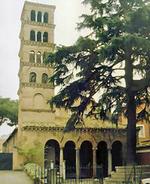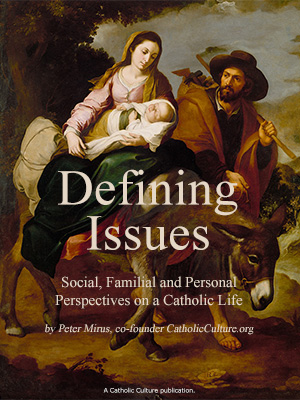Fatima Shrine in Ramabanta
by Zsolt Aradi
In South Africa, land of growing tensions, there is a surprisingly quiet spot: Basutoland. An enclave in the heart of the South African Union, this little nation enjoys a sort of independence. It does not belong to the South African Union, but is under the British Crown. The inhabitants are the formerly warlike African Basuto, who agreed to become a British protectorate in 1843. About thirty years later the country was attached to the Cape Colony, but in 1884 the Basutos regained their semi-independence.
The people are mostly sheep raisers whose land remains the common property of the tribes and is administered by the chiefs.
During the last century Christianity made some headway here, a few chieftains becoming Calvinists. In 1945 one of the most respected leaders, the chieftainess at Ramabanta, became a Catholic, under the inspiration of the Holy Virgin, as she herself declared. The event was followed by mass conversions among the people. To commemorate the conversion of the chieftainess, the Apostolic vicar started a new mission in 1946 and dedicated it to Our Lady of Fatima. This place at: Ramabanta became the nation's most important place of pilgrimage and since that time tens of thousands of the Basuto visit the sanctuary each year. People come on trucks, horseback and on foot from far distant areas. The night pilgrimages are among the most memorable in Africa. During the 1949 national pilgrimage the people declared Our Lady of Fatima Queen of Basutoland, and a statue of the Virgin of Fatima was unveiled. The devotion of Our Lady of Fatima is very intense in Basutoland. Since the Basuto are peasants and shepherds, they understand well the story of the three shepherd children as well as the descriptions of the apparitions, of the rosary, and the unexplained phenomenon in connection with the sun. Each year, more and more people go to the shrine; they have to walk sometimes for days, sleep in the open air, eat a little cold food, recite prayers, rosaries, and sing hymns while crossing the country. When the pilgrims arrive they find at the shrine at Ramabanta people from Basutoland, Natal, Transvaal, the Free State, and Cape Province. Their greeting in their native language is "Ho rorisoe Jesu Kriste" and the answer: "Le Maria ea se nang sekoli."-- "Praise be to Jesus Christ and Praise to Mary Immaculate."
This item 3152 digitally provided courtesy of CatholicCulture.org






